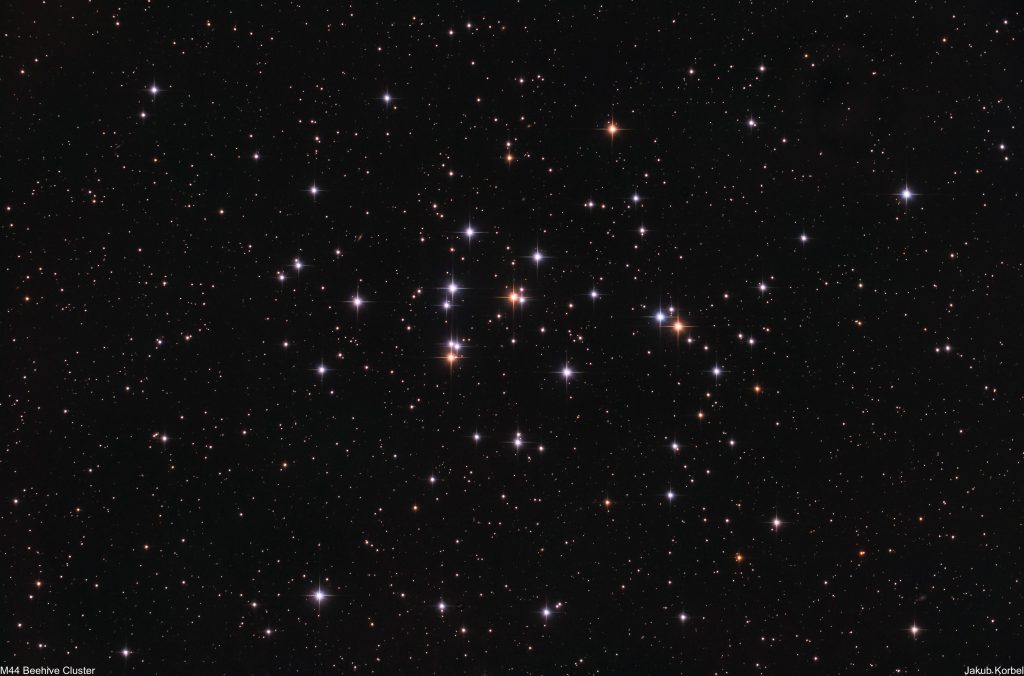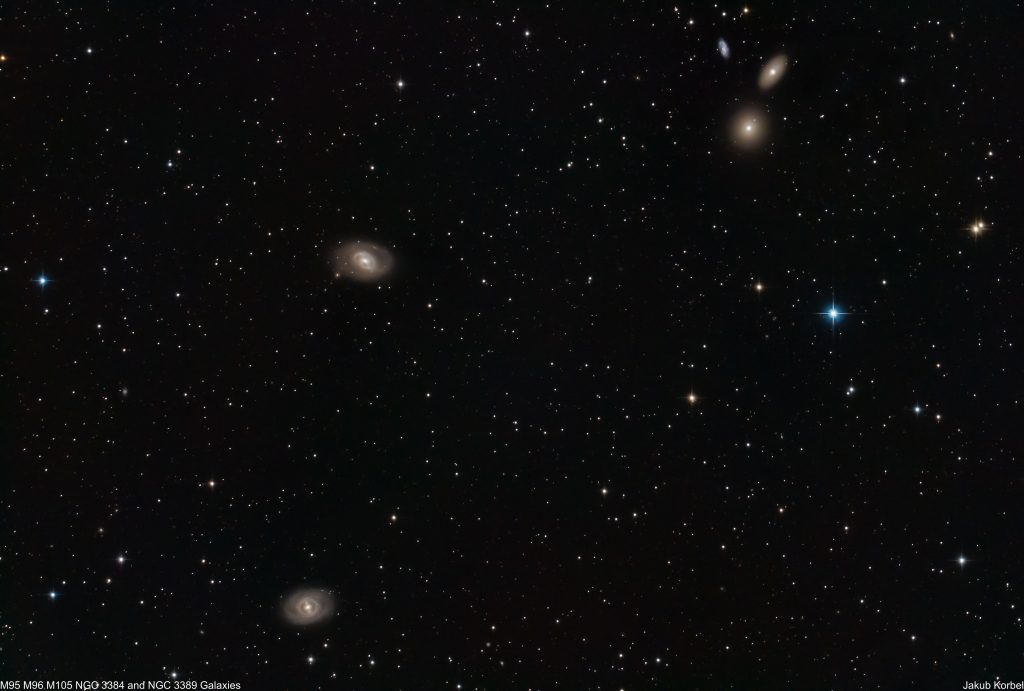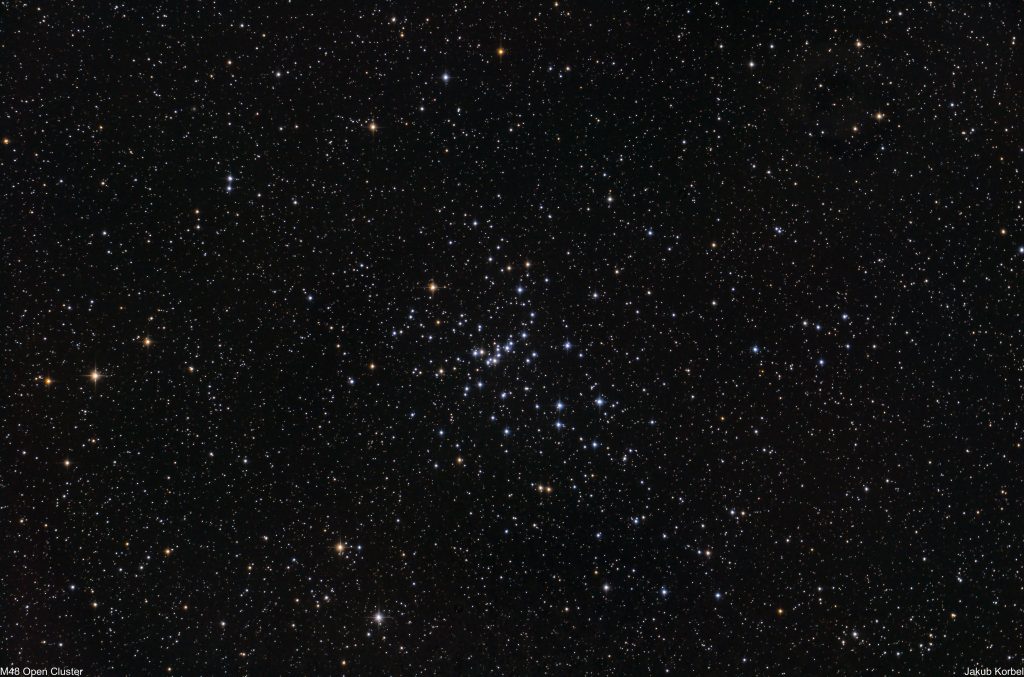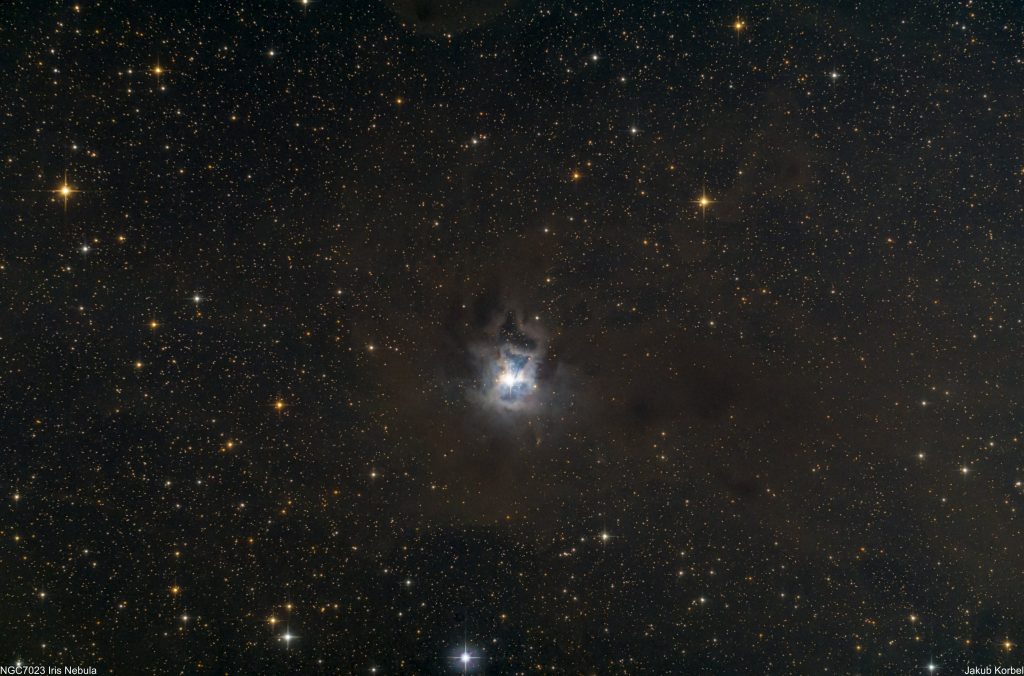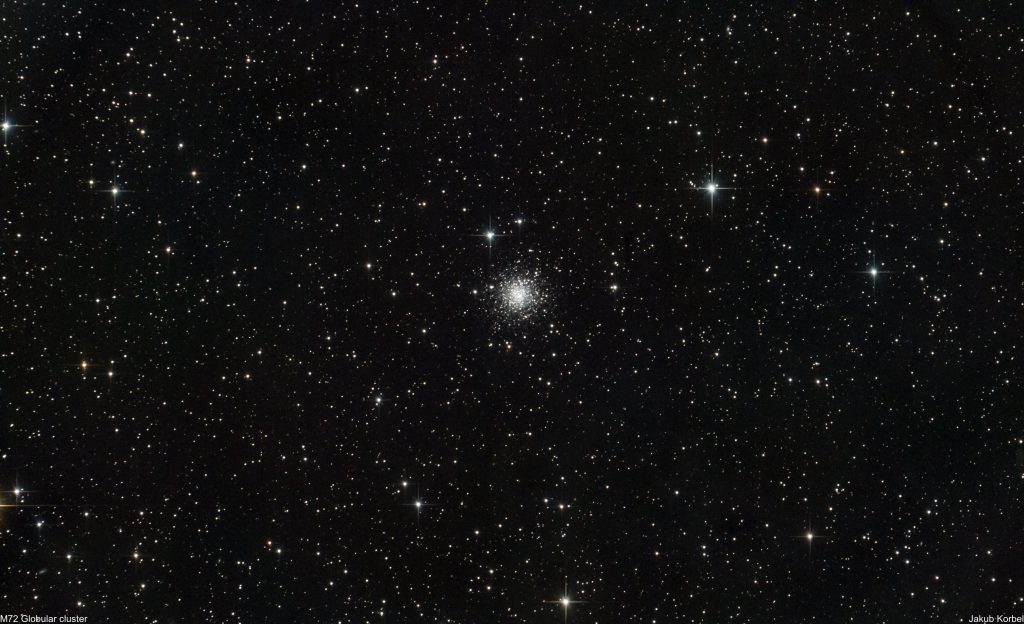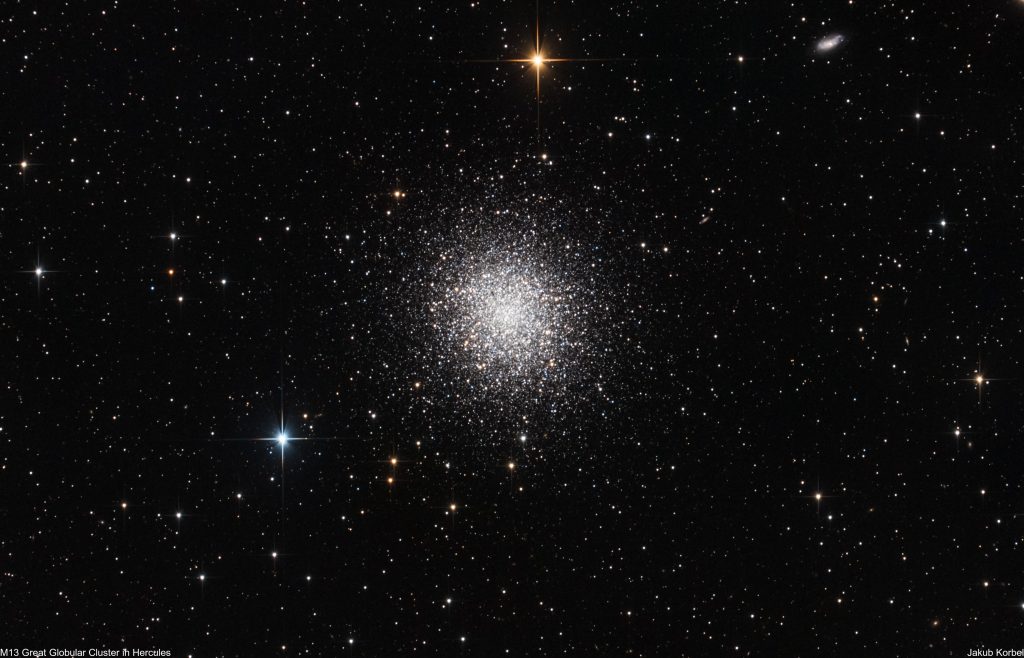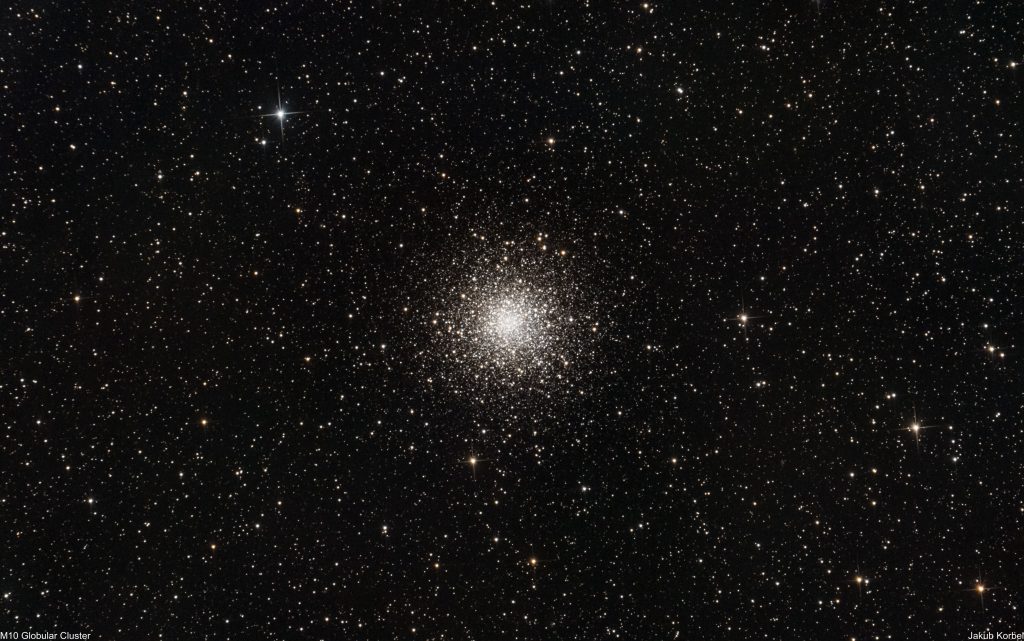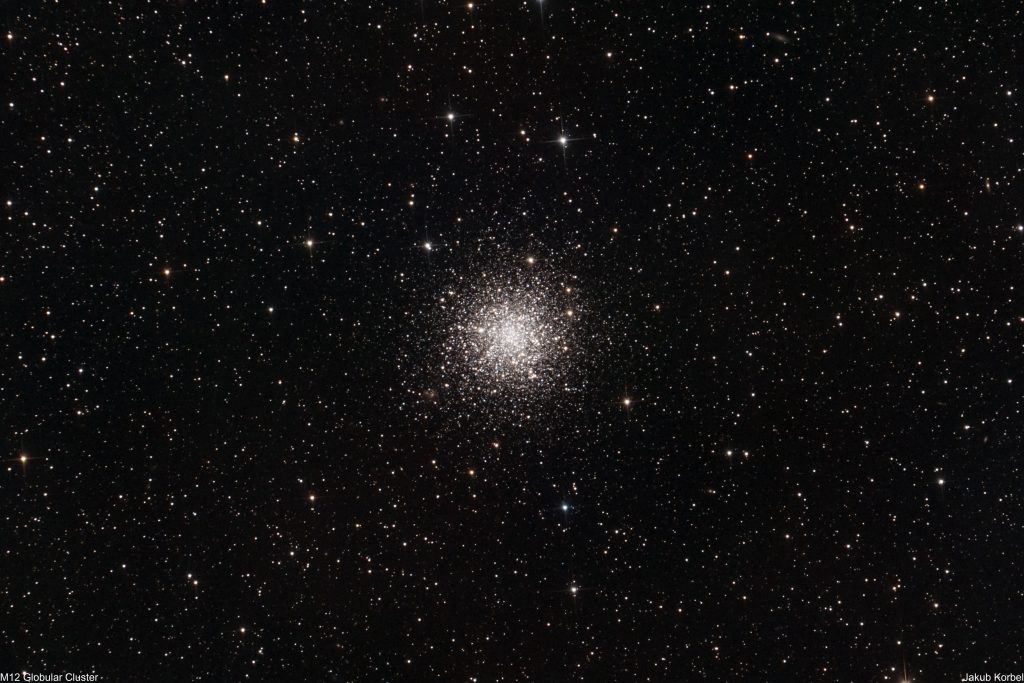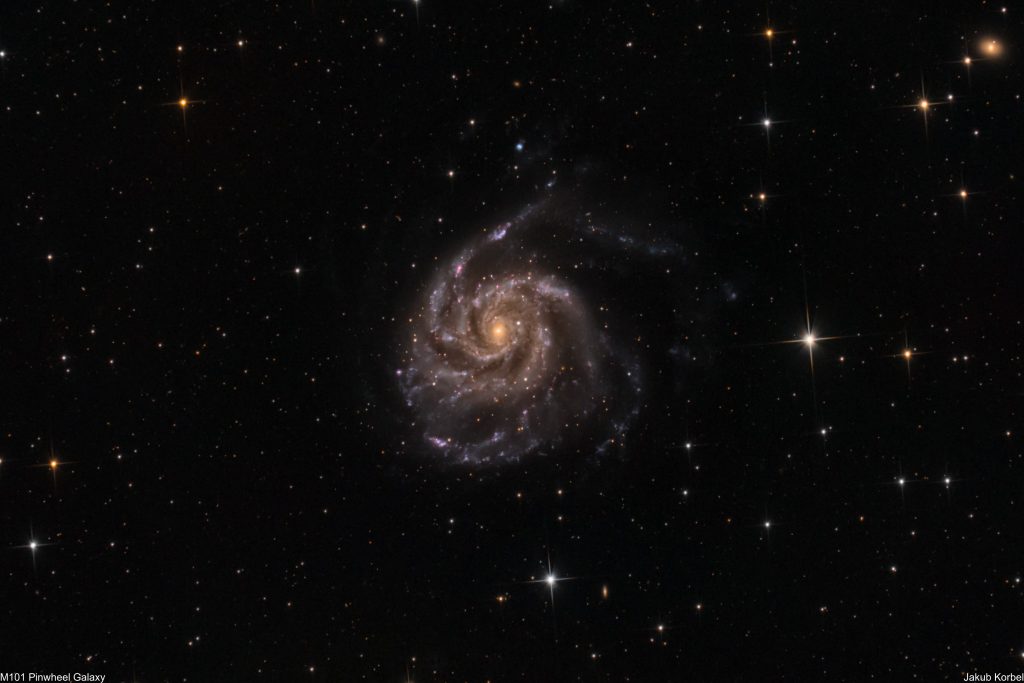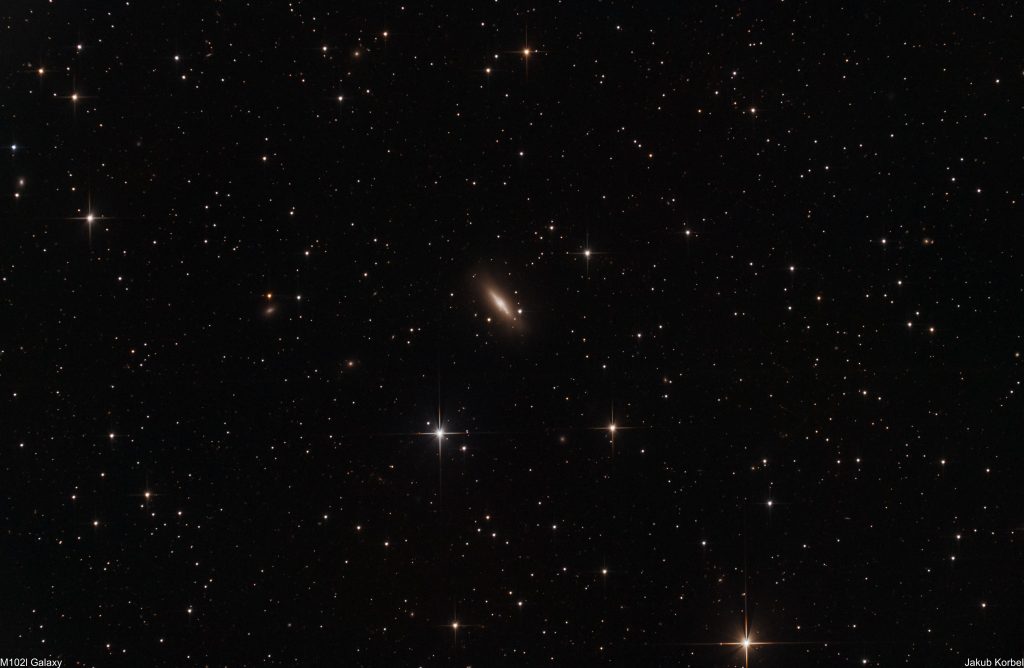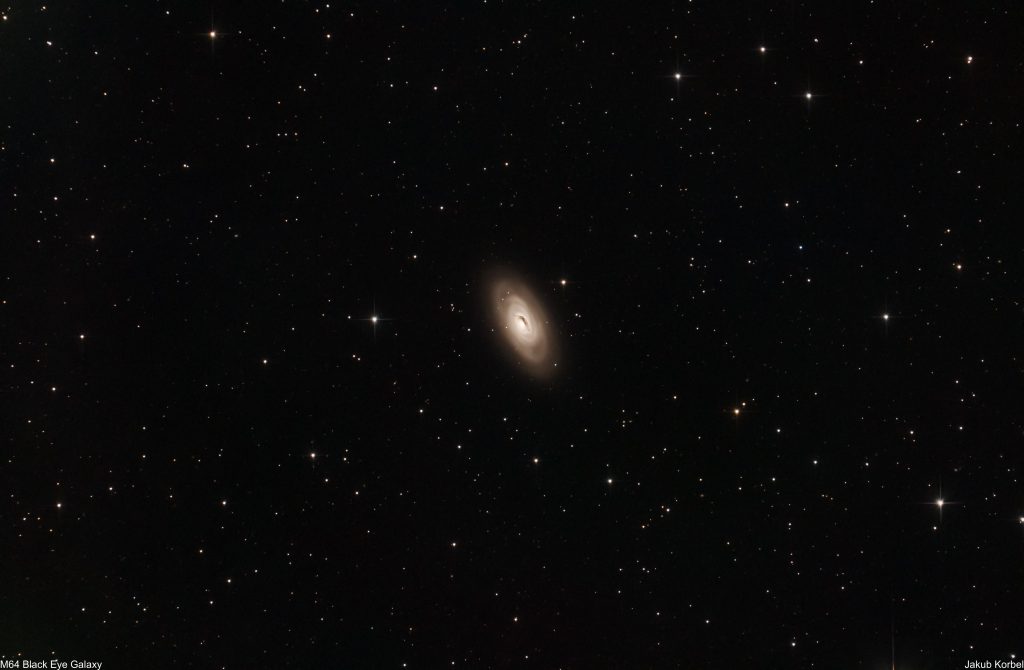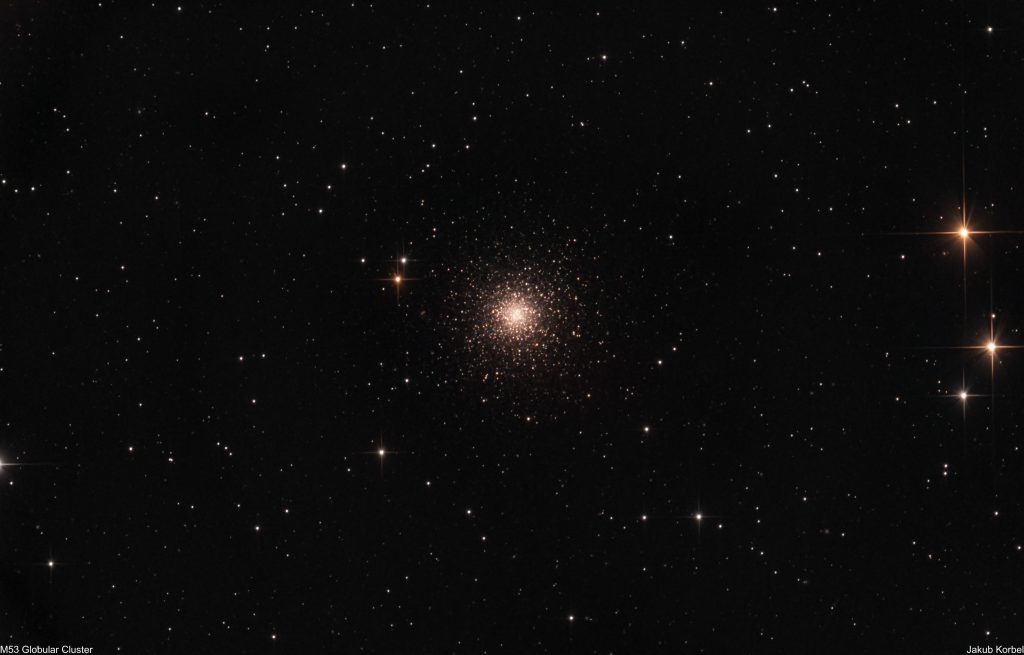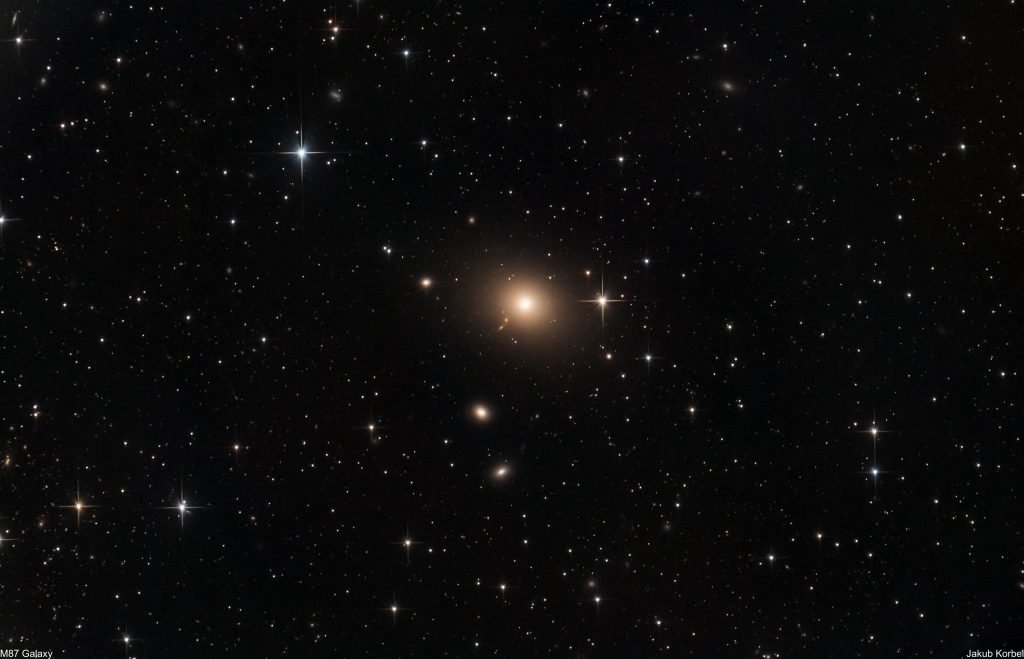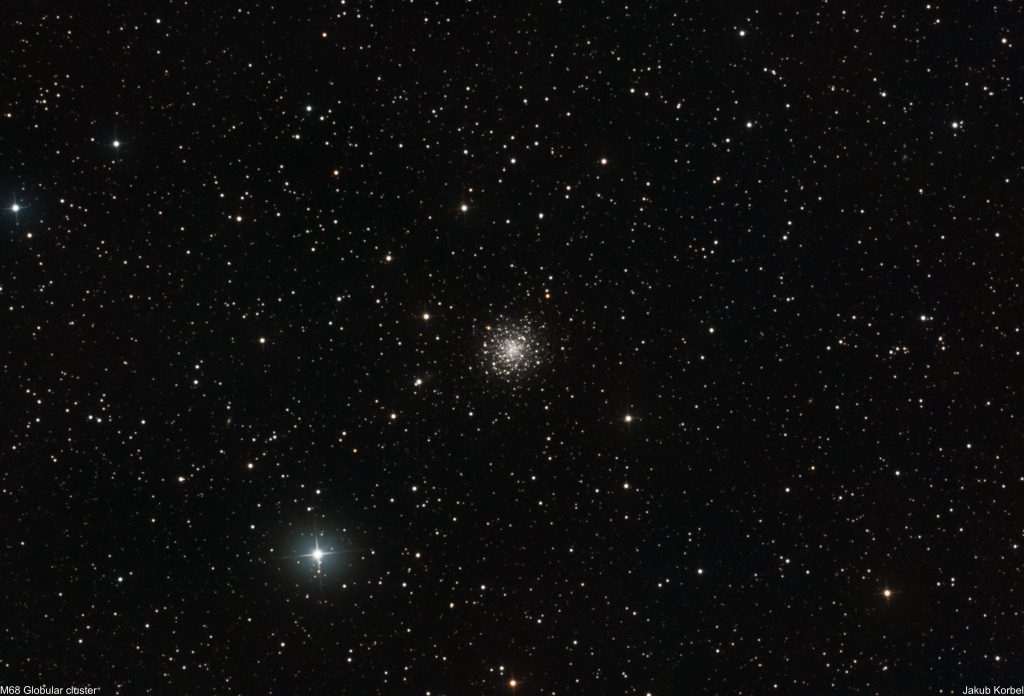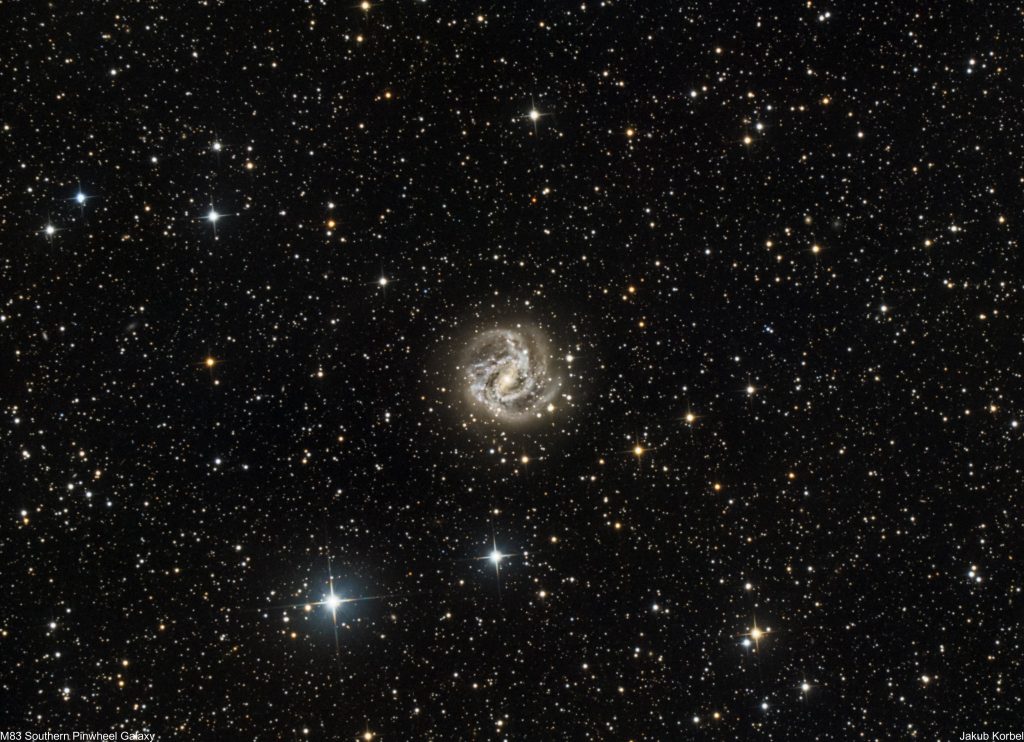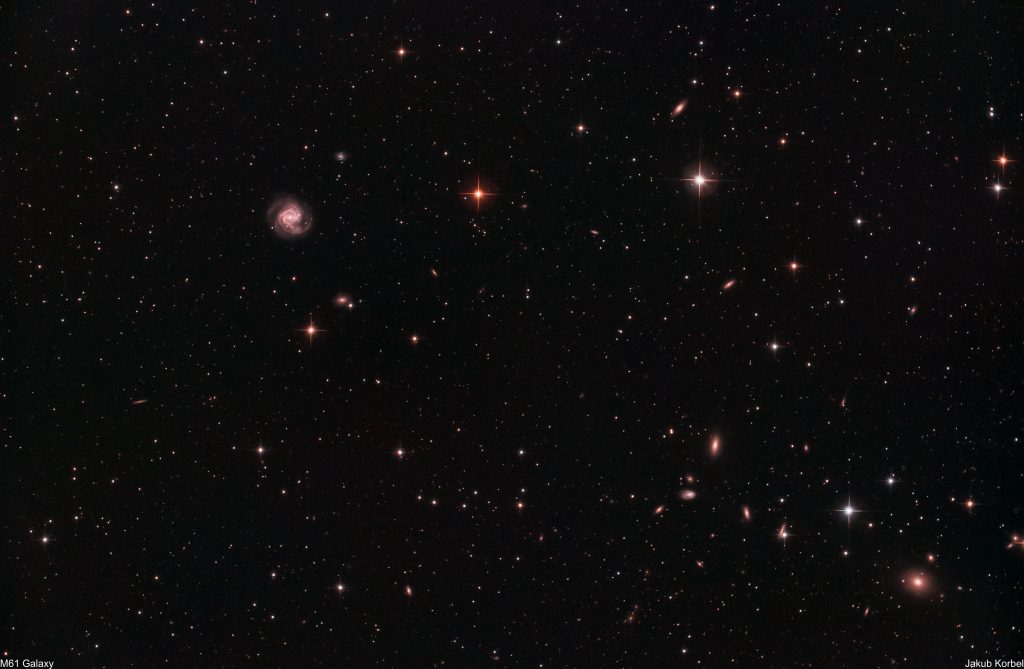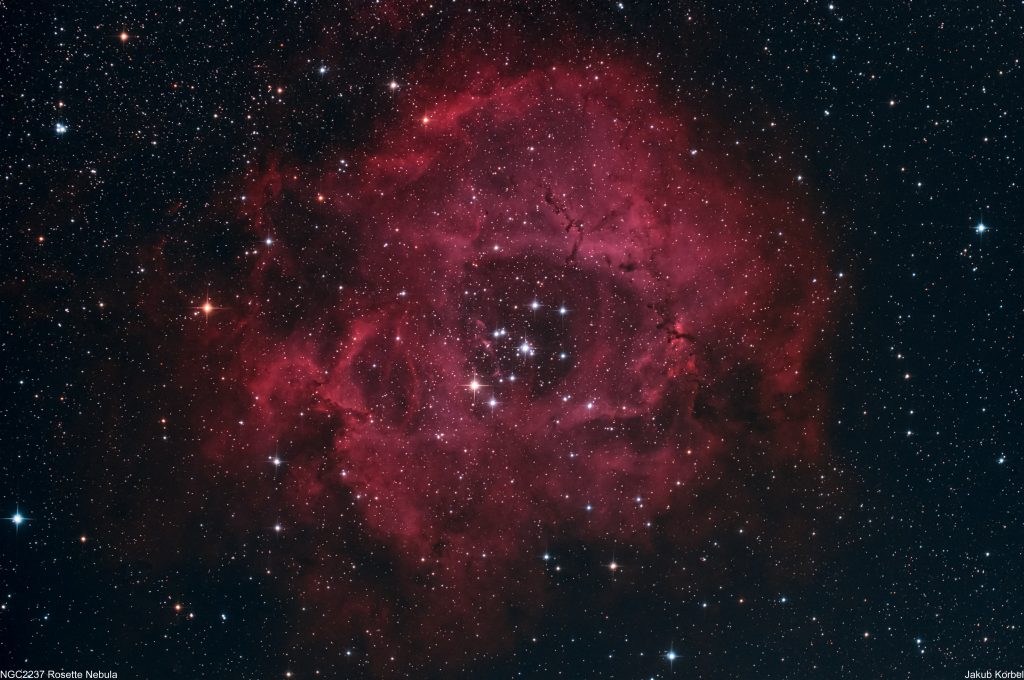Messier 98 (left bottom) and 99 (right) are galaxies visually located in constellation Come Berenices. These galaxies interacted with each other long time ago, but it’s long time forgotten, because currently, the distance between them is 1.3 million light years.
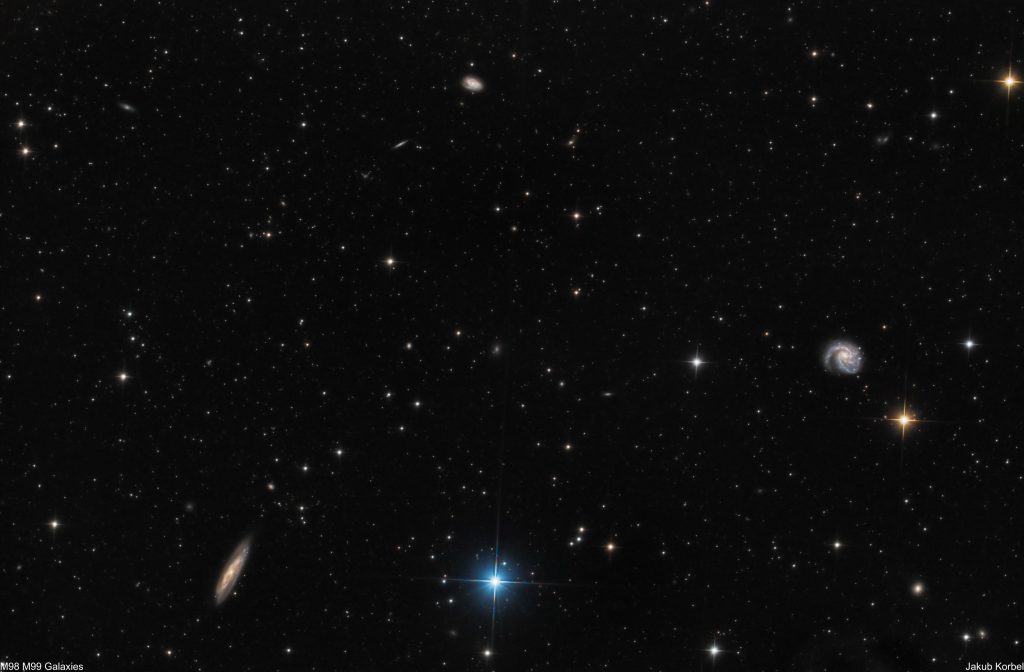
Technical details:
| Telescope | Newton 150/600 mm |
| Aperture | 150 mm |
| Focal length | 630 mm |
| Mount | Avalon M-Zero |
| Autoguiding | ZWO 174MM, Guidescope 30 mm |
| Camera | ZWO 071 Pro @-10°C |
| Corrector | Explore Scientific HR |
| Filters | Astronomik L-1 - UV IR Block Filter |
| Exposure | 140x180s, Gain 94, bin 1x1, |
| Date | 2020-03-24 |

